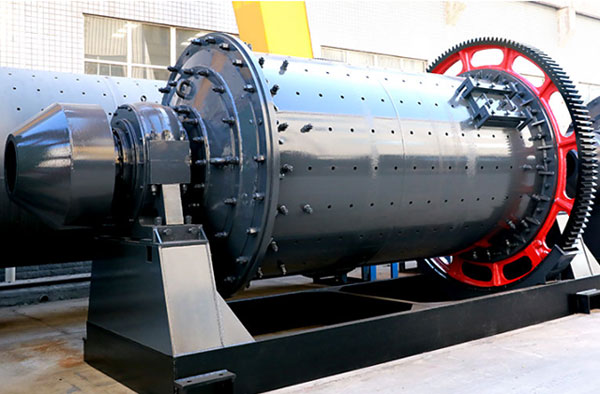A grinding ball mill is a crucial piece of machinery used to grind and blend materials for use in various industrial processes. It operates on the principle of impact and attrition, where the grinding media (balls) cascade and tumble within a rotating drum, exerting mechanical forces that break down the materials into finer particles. This process is widely employed in the production of cement, minerals, ores, and other materials.
The basic design of a grinding ball mill involves a cylindrical container, usually made of steel, with a horizontal axis. The cylinder is partially filled with grinding media, such as steel balls, ceramic balls, or rods, which serve to grind the material down to a fine powder as the mill rotates. The grinding media are often chosen based on the material being processed and the desired final product specifications.

The grinding process within a ball mill occurs due to the impact and friction between the grinding media and the material being ground. As the mill rotates, the grinding media cascade and tumble, crushing and grinding the material into finer particles. The intensity of grinding depends on the speed of rotation, the size and composition of the grinding media, and the characteristics of the material itself.
The grinding ball mill process can be divided into several stages:
Loading: The raw material to be ground, along with the grinding media, is loaded into the mill. The proportions of material and media are carefully selected to achieve the desired grind.
Initial Grinding: As the mill begins to rotate, the grinding media cascade and collide with the material. The impact and friction cause the material to break and reduce in size.
Fine Grinding: As the material size reduces, it enters the space between the grinding media, where further comminution occurs. The material is continuously crushed and ground into smaller particles.
Classification: During the grinding process, the finer particles are produced along with coarser particles. To achieve the desired particle size distribution, the mill may have mechanisms for classifying the particles by size. This can involve screens, cyclones, or other techniques.
Discharge: Once the desired particle size is achieved, the ground material is discharged from the mill. The discharge may occur through the periphery of the mill or through a central outlet, depending on the design.
Control and Monitoring: The grinding process is often controlled and monitored using various instruments and sensors. These can include temperature sensors, pressure sensors, power consumption measurements, and more. This data helps operators optimize the grinding process for efficiency and product quality.
Ball Addition and Maintenance: Periodically, additional grinding media may be added to the mill to maintain optimal grinding performance. Additionally, maintenance tasks like inspecting and replacing worn grinding media or liners are essential to ensure smooth operation and extend the mill’s lifespan.
